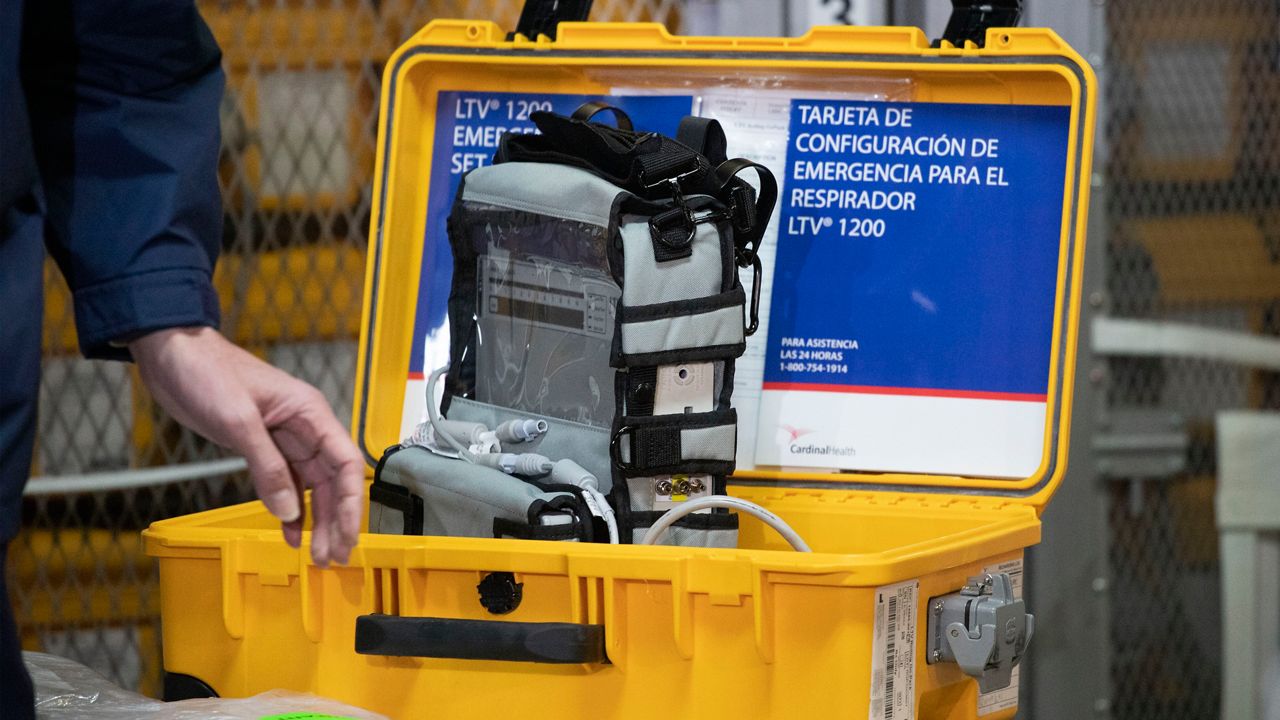Dr. Mark Ramzy, Resident Physician at Maimonides Medical Center, treats patients in the Intensive Care Unit. He explains patients with the initial cases of the new coronavirus would generally be intubated on a respirator.
“There was a push in the early days of seeing these patients towards early intubation and putting them on a ventilator,” said Ramzy.
- LIVE UPDATES: Coronavirus in New York City
- LIVES LOST: Remembering Victims of the Coronavirus
- What to Do If You Test Positive for COVID-19
- CDC Coronavirus Page
- WHO Coronavirus Page
But after treating patients with COVID-19 for more than a month, frontline workers are learning about treating the novel virus.
“We try to set protocols but those protocols are for other diseases that don’t work for COVID,” Ramzy said.
Some healthcare providers are exploring interventions that delay use of a ventilator.
One practice uses a nasal cannula that delivers humidified air through nasal prongs. Another treatment is nitric oxide, a gas that improves blood flow in the lungs and helps get oxygen into the blood stream.
Dr. Ramzy says incorporating these approaches allows some patients to recover without intubation and others are able to stave off a ventilator, allowing more critically ill patients the use.
“I can’t speak for the exact numbers, but I can tell you we are certainly not intubating as much as we were in the beginning and we are noticing patients are doing better by this approach,” Ramzy explained.
Ventilators remain a critical component in treating patients, Ramzy explained, but these developing treatments could be one reason ventilator usage is declining.



